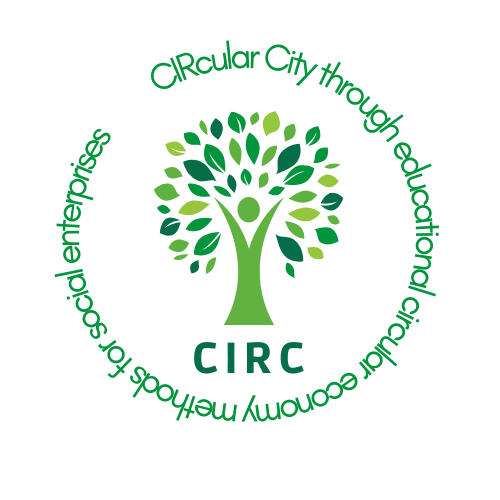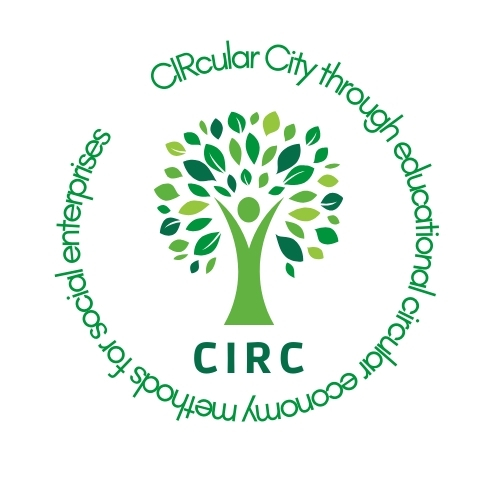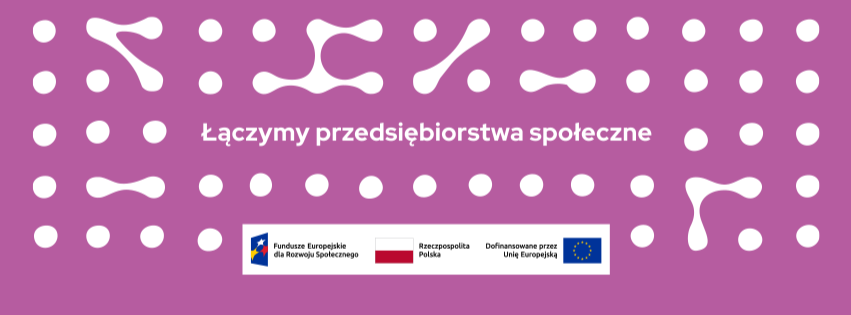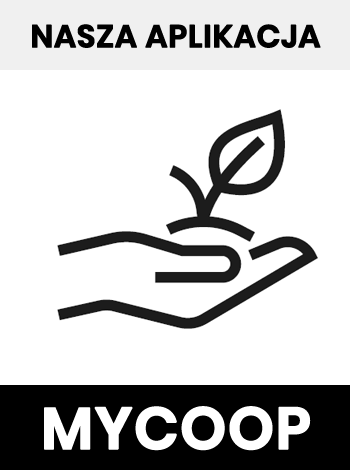The Choice of the Legal Form
In Europe the first social enterprises initiatives were set up using legal forms available in the different national legal systems. The legal forms adopted were primarily not for profit ones, including for instance associations, cooperatives and foundation. Social enterprises were first established as associations in those countries where this legal form allows more freedom in selling goods and services on the open market, such as for instance Belgium. In countries where associations were more limited in this regard, social enterprises were more often created using the legal form of the cooperative.
The Italian Case
One of the first countries where social cooperatives were created is Italy, following the changes of the Italian welfare system in the 1970s. After the economic downturn of the 1970s, public authorities were unable to face the increasing needs of society, and families could not bear the load all by themselves. In addition, the traditional philanthropic organizations (such as the ones providing social services as early as the 19th century and later transformed into semi-public institutions) were not equipped to meet the needs of the new society. Thus, new initiatives emerged.
The main innovation was the rising of new volunteer non-profit organizations (set by people close to the values of the 1968 protests on one side and to the Second Vatican Council values on the other) that progressively adopted entrepreneurial behaviours, provided new social services, and organized the work integration of disadvantaged people. The Italian legal system was not equipped to recognize these new developments, as at the time Italian law explicitly distinguished between organizations with a social aim (such as associations and foundations) and commercial firms. Consequently, the law didn’t allow association and foundation the production of goods and services as their main activity.
Cooperatives were in a way an exception in the Italian legal system as they were fully treated as entrepreneurial organizations but with a social aim (Italian Constitution art. 45). Moreover, since 1946 cooperatives were constrained in distributing profits and had a democratic governance structure. Thus, they were the legal enterprise form that most closely matched the needs of the emerging entrepreneurial organizations devoted to providing social services. Therefore, most of these organizations decided to adopt the cooperative form and, to distinguish themselves from traditional cooperatives (serving mainly their members), took on the name “social solidarity cooperatives”.
Starting in the 1980s, the new social cooperatives played an increasing role in driving the growth of the entire Italian third sector: they boosted the supply of social services by answering the needs of the youth, the elderly, the disabled, drug addicts, and the homeless. These cooperatives also started organizing activities to integrate disadvantaged workers into the labour market.
Over those years, voluntary organizations and social cooperatives were working together and they were similar in their objectives and activities. Public support was limited and bad structured and, till the first 1990s, the main support was only the work of many volunteers.
It’s worth to underline that in Italy the rising of social cooperatives was a true spontaneous social bottom-up movement and definitely not a top-down process led by public policies and supported by public funds. At the time uncertainty was about competences on social services and acceptable contracts.
Social cooperatives gradually became economic organizations of small-to-medium size, strongly integrated into the local environment where they developed. Given the need to supply crucial services, including social, educational and work integration services, social cooperatives had to interact with the local authorities and communities they serve. Over time, the activities carried out by these organizations were progressively recognized and supported by the public authorities.
The Law 381/1991
This new type of cooperative was legally instituted as a “social cooperative” in 1991, with the approval of Law 381. According to the law, the goal of social cooperatives is to “pursue the general interest of the community in promoting personal growth and in integrating people into society by providing social, welfare and educational services and carrying out different activities for the purposes of providing employment for disadvantaged people”.
The law recognizes two types of social cooperative, according to whether they manage social, health, or educational services (type A social cooperatives) or whether they undertake other activities (be it agricultural, manufacturing, or commercial) by integrating “vulnerable persons” into the workforce (type B social cooperatives). Although type A social cooperatives have no requirements regarding the personnel they hire, type B social cooperatives have a clear occupational focus on disadvantaged workers (identified according to a specific definition provided by the law), who must be fully remunerated and constitute at least 30% of their employees. This percentage was supposed to guarantee the right balance between ordinary and disadvantaged workers. It doesn’t hamper the rate of production and at the same time it fosters the social integration of disadvantaged workers.
Law 381/91 also states that volunteers may be full members of social cooperatives (but not to exceed the 50% of the total workforce), and that the ownership structure of social cooperatives may simultaneously include several categories of members (worker members, user members, volunteer members, financing members, legal entities).
Social Cooperatives Today
Data from the ISTAT (the Italian Institute of Statistics) show how the number of social cooperatives increased from slightly more than 2,000 before Law 381 was introduced in 1991 to nearly 3,900 (1996), 7,363 (2005) and 11,264 (2011). The 9th Industry and Services Census (2011) registered more than 6,500 social cooperatives providing social services and 4,500 social cooperatives for work integration, besides a small number of consortia and mixed-type social cooperatives.
In 2005 almost half of the public expenditure for social services in medium and large Italian cities was managed by private non-profit organizations, and approximately 80 per cent of the contracts were awarded by local authorities to social cooperatives. Only 30 per cent of these contracts were a result of public tenders, while 70 per cent were awarded through negotiated agreements between local authorities and social cooperatives.
In terms of financial data, in 2011 Euricse (2013) registered the total value of the production generated by Italian social cooperatives at about 10.1 billion EUR, with 28.3 per cent of the social cooperatives with a value of production no higher than 50,000 EUR and only 16 per cent that could be considered large enterprises (with the value of production over 1 million EUR). Most of the revenues came from supplying services to public bodies (74 per cent in type A social cooperatives and 53 per cent in type B), but private revenues and the supply of goods and services to private firms increasingly characterize social cooperatives, and work integration social cooperatives in particular (data comes from studies The Institute Euricse).
Other Non-profit Organizations.
Associations, as per the Italian Civil Code, are not supposed to run a market activity, if not as a marginal one. Nevertheless, over the years they have boosted the services provided with the following increase in market revenues. In compliance with the Italian law they can apply for the status of social enterprises.
In Italy, non-profit organizations different from social cooperatives (associations, foundations, church entities) are 289.927 (ISTAT 2011). The 28% of these organizations have at least the 50% of their revenues coming from market activities held with private persons and public institutions.
Thus they can be potentially considered as social enterprises but NGO’s include very small and very big organizations (hospitals, research centres) and at least the 25% of the smallest ones cannot still be considered as social enterprises due to very low annual revenues (less than 8,000 EUR).
The overall incomes of the 83.000 associations and foundations carrying market activities is more than 33 billion EUR – 3 times social cooperatives incomes –, they employ more than 350.000 workers and are supported by more than 1,5 million volunteers.
The majority of their revenues are private (77%) while for social cooperatives it comes from public contracts.
The services provided are not mainly social but of general interest (culture, sport, leisure, healthcare, education and research). All these activities are recognised by the Italian law as typical to social enterprises.
The weight of these organizations in the national economy and employment is high and a better defined entrepreneurial status could help implementing their potential as economic actors.










.png)

.jpg)
.jpg)
.jpg)









